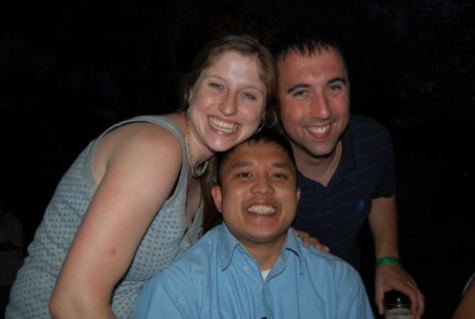Historical Boston gives cultural clues
Published Apr 3, 2012
A group of honors students spent Spring Break refreshing their outlook on society by immersing themselves in the culture and history of a new city.
Ron Pitcock, J. Vaughn and Evelyne H. Wilson Honors Fellow and Director of Prestigious Scholarships, chose Boston as the destination for his honors U.S. Cultural Memory II class trip this year.
In the past, he has led the class through New York City, Hawaii and Washington, D.C. He said the trip to Boston provided opportunities for the eight student participants to see how a city’s history and people were memorialized over time.
The class compared history and popular representations of history while exploring places such as Harvard University, the Freedom Trail and the town of Salem.
Lavina Ranjan, a sophomore biology major, said she found it interesting how different the actual history of Salem was from the way it was portrayed during the witch trials in popular literary works, such as “The Crucible.” She said her perspective had changed after learning how much impact media had on how the past was remembered.
In preparation for the trip, the class read “The Dante Club,” a novel by Matthew Pearl set in Boston in 1865. Pitcock said the book’s main characters were famous American literary figures who worked as specialized crime solvers in the area.
Renee Rosati, a sophomore Spanish and biology double major, said she wrote about her experiences on the honors blog, which helps prospective students find out about opportunities to learn and make close connections in the John V. Roach Honors College.
“There are a lot of rumors in history that get written into text books that never actually happened,” she said.
Visiting Harvard’s “The Statue of the Three Lies,” which displays a false founding year and pioneer of Harvard University, and learning about the true start of the Boston Massacre were two historical misconceptions the group discovered on the trip, Rosati said.
Pitcock said he wanted his students to get a chance to see history as it existed outside the context of books and classrooms. The class is offered for two semesters, and in the fall students visited the Oklahoma City National Memorial and Museum for a “day in the lives that were lost,” he said.
Approximately 25 percent of Pitcock’s class typically goes on the spring trip, he said. While students covered the cost of airfare, an endowment paid for meals and housing for the trip, he said.
He said he was still planning the destination for next year’s trip.



